Last updated on 2025-10-26
A Review and Photo example of the LEICA Q typ116.
- Please see the disclaimer regarding advertising here.
- Italicized links in the text are advertisement links that take you to other sites.
Table of contents

Gallery
Review
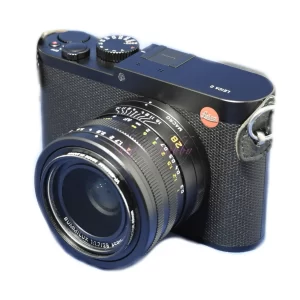
1.Overview
The LEICA Q typ116 is a compact digital camera with a lens and a 35mm full-frame sensor that was released in 2015.
The main specifications are as follows, and detailed specifications are listed in the table.
- 24.2 megapixels, 35mm full-frame sensor
- SUMMILUX 28mm F1.7 lens
- Viewfinder 3.68 million dots LCD
- Rear display 3.0 inches (fixed) 1.04 million dots
- Minimum shooting distance 0.17m in macro mode
- Battery BP-DC12
- Filter diameter 49mm
The simple appearance makes it easy to dress up, and you can use it with your favorite appearance such as leather case, grip, thumb rest, and optional hood. It is unfortunate that the battery model number has changed from Q to Q2 to Q3, but the external dimensions have been maintained, and it is also nice that you can reuse external options.
2.Usability
The LEICA Q is a lens-integrated digital camera with a bright lens, a 35mm full-frame sensor, and a detailed EVF, packed with useful features that are all in one place. It is a well-thought-out product. I liked the specs and style, so I bought it a little after its release when product supply stabilized.
Judging from the release date and specifications, the sensor is likely the same as that of the M typ240, but the matching of the dedicated lens and image processing will allow for more optimized images. If you want to compete with the Q with the M typ240, you will need to prepare a high-end lens.
It also has a wide range of shooting functions, and like the Leica M, the shutter dial is independent and has one multi-function dial. The buttons on the back are neatly arranged, so you will not be confused by the operation.
Switching between autofocus (AF) and manual focus (MF) and macro mode is done with a notch on the finger grip of the lens barrel. The AF focusing speed is reasonably fast and accurate except in the macro range, but if I’m not careful, the focus will be on a different spot than I intended, and I’ll be disappointed when I enlarge the image on my PC. Looking back at my past data, I see a lot of photos with poor focus.
This is partly due to my shooting style, but it’s also probably due to the fact that I set the preview time to 0 when taking photos, so I neglect to check the image after taking it. However, sometimes I press the play button to check the image, and the reduced image on the viewfinder and rear LCD screen seems to be focused on the spot I intended, but when displayed large on the PC monitor, the focus is sometimes not clear, and on the small LCD screen you can’t see the exact focus unless you enlarge it carefully, so I think the preview after taking the photo is just a consolation.
The camera is equipped with image stabilization, so I rarely had to worry about camera shake, even with slow shutter speeds and night scenes.
The original focal length is 28mm, but it has a 35mm and 50mm crop mechanism, and the JPEG image of the shooting result is saved as a cropped result of the specified size, but the RAW image is saved as the original 28mm. It would be nice if the RAW image recording could be saved at the specified crop size from the menu, but there is no such function.
The battery model number of the LEICA Q is BP-DC12, which is the same as CL typ7323, V-LUX4, V-LUX (typ 114), and V-LUX5. The original of this battery is Panasonic’s DMW-BLC12 *1, and Sigma’s BP-51 has the same shape and battery specifications. Therefore, many compatible batteries have been released, so you will not have any trouble obtaining batteries.
The LEICA Q2 uses the Leica original BP-SCL4, and only genuine batteries are available, and there are no compatible products.
When I was on a business trip or traveling, I found it useful because I could carry around the same image quality as the Leica SL typ601. The built-in lens specifications are excellent, with a focal length of 28mm and F1.7 lens, and the fact that it can be achieved in this size is only commendable; I think it would be difficult to achieve these specifications at this price with a prime lens with interchangeable lenses.
The Summicron 28mm F2 for the Leica SL mirrorless camera is about three times the size of this lens, and is priced at a price that would allow me to buy this camera.
3.Summary
In conclusion, to sum up the LEICA Q typ116 is a high-performance digital camera with an M-type Leica equipped with an EVF and a high-performance lens. It is a digital camera with a built-in lens that is packed with useful features that are great to have in a camera with a built-in lens, and although the lens part is relatively large because it is equipped with a bright lens, it has a well-thought-out structure as a camera product.
It uses a relatively general-purpose square battery that is compatible with Panasonic and others, so it is good that you will not have any trouble obtaining a battery.
Specifications, considerations, etc.
Since the LEICA Q series was written about on the Q2 page, here I will write about the RX1 series, which was released by Sony as a camera with a similar concept.
The first camera released in the Sony RX1 series was the RX1, released in 2012, and a year later the RX1R, which removed the low-pass filter, was released. The only difference between the RX1 and RX1R is the presence or absence of a low-pass filter.
The first RX1 was released three years before the LEICA Q typ116, and like the Q series, it is equipped with a 35mm full-frame sensor, but the focal length of the lens is 35mm, which is closer to telephoto than the 28mm focal length that is the basis of the Q series. The big difference is that it does not come standard with an EVF, and instead has a 2.36 million dot EVF model number: FDA-EV1MK, which can be attached to the multi-interface shoe as an option. This EVF is a general-purpose EVF that can be used with several cameras, including the α NEX-5N.
Comparing the sizes of the two cameras, the RX1 is smaller, but as mentioned above, the original RX1 did not have an EVF.
However, the successor RX1R II and RX1R III are almost the same size as the original RX1 and have a built-in EVF, so overall the RX1 series can be said to be more compact than the Q series.
The problem with the RX1 series is that it uses a small-capacity battery to reduce the camera volume.
This is presumably because Sony is confident in its own power-saving technology, but the original RX1’s NP-BX1 battery has a capacity of 4.5Wh, while the LEICA Q typ116’s BP-DC12 is 8.7Wh, so the capacity is about 60%.
Even if the battery capacity is small, it is not a problem as long as the camera’s power consumption is low and the number of shots it can take is practical.
According to the specifications, the original RX1’s nominal shot capacity is 270 shots, the same number as the LEICA Q typ116, which has a larger capacity battery. However, this number of 270 shots is the number when the EVF is not attached, and looking at the specifications of the RX1R II with an EVF, the number of shots that can be taken is reduced by about 30 when the EVF is used during shooting, so it is expected that the number of shots that can be taken with the RX1 / RX1R will be reduced from 270 to 240 or less when an external EVF is attached and used. Even so, if you can take 200 shots, it is the same number as 5 rolls of 36 shots, so it can be said that it is a sufficient number for normal snapshot photography.
The RX1R II also uses the same NP-BX1 battery as the RX1. The battery installed in its successor, the RX1R III (DSC-RX1RM3), which will be released on August 8, 2025 after 13 years, has been updated.
The battery used is the NP-FW50 from the old mirrorless camera α7 series. This battery has a capacity of 7.3Wh.
Considering the adoption of this battery, isn’t it likely that users who purchase hobby-oriented cameras such as the RX1R III often use new mirrorless α cameras from the α7RIII onwards as their main camera? Regarding the decision not to use the NP-FZ100 with a higher capacity of 16.4Wh, comparing battery sizes, the NP-FZ100 is W38.7 x H22.7 x D51.7mm, while the NP-FW50 is W31.8 x H18.5 x D45mm, meaning that the NP-FZ100 is 6mm larger in width and depth, and 4mm larger in height than the NP-FW50. It is believed that Sony chose the NP-FW50 because they prioritized keeping the camera size consistent across the RX1 series, but it seems likely that the camera would have been better with the higher capacity NP-FZ100.
The RX1R III also uses a 35mm lens, but the 60 megapixels mean that there are still a lot of pixels remaining even after cropping, so I would prefer a 24mm focal length lens that allows cropping at 48mm and 72mm equivalents. While the telephoto side can be achieved by cropping, the wide-angle side requires the trouble of attaching a wide converter, so it is preferable to have a short focal length from the start.
Compared to the LEICA Q series, the SONY RX1 / RX1R can be purchased cheaply, with used ones available for around 100,000 yen. The RX1RM2 never goes below 200,000 yen, so it remains at a high price. It will be interesting to see whether the RX1RM3 will be released in 2025 and the price of used ones will go down.
The reason I have not purchased the RX1 series is because I am not attracted to the focal length of 35mm. I have tried both the FUJIFILM F100 and the LEICA X series, but I was not attracted to the focal length of 35mm. When it comes to cameras with built-in lenses, I am attracted to cameras with lenses wider than 28mm.
The lens layout of the RX1 and RX1M2 has changed slightly due to the incorporation of an EVF. The center position of the RX1M2 is closer to the center of the camera. The third comparison image is shown.

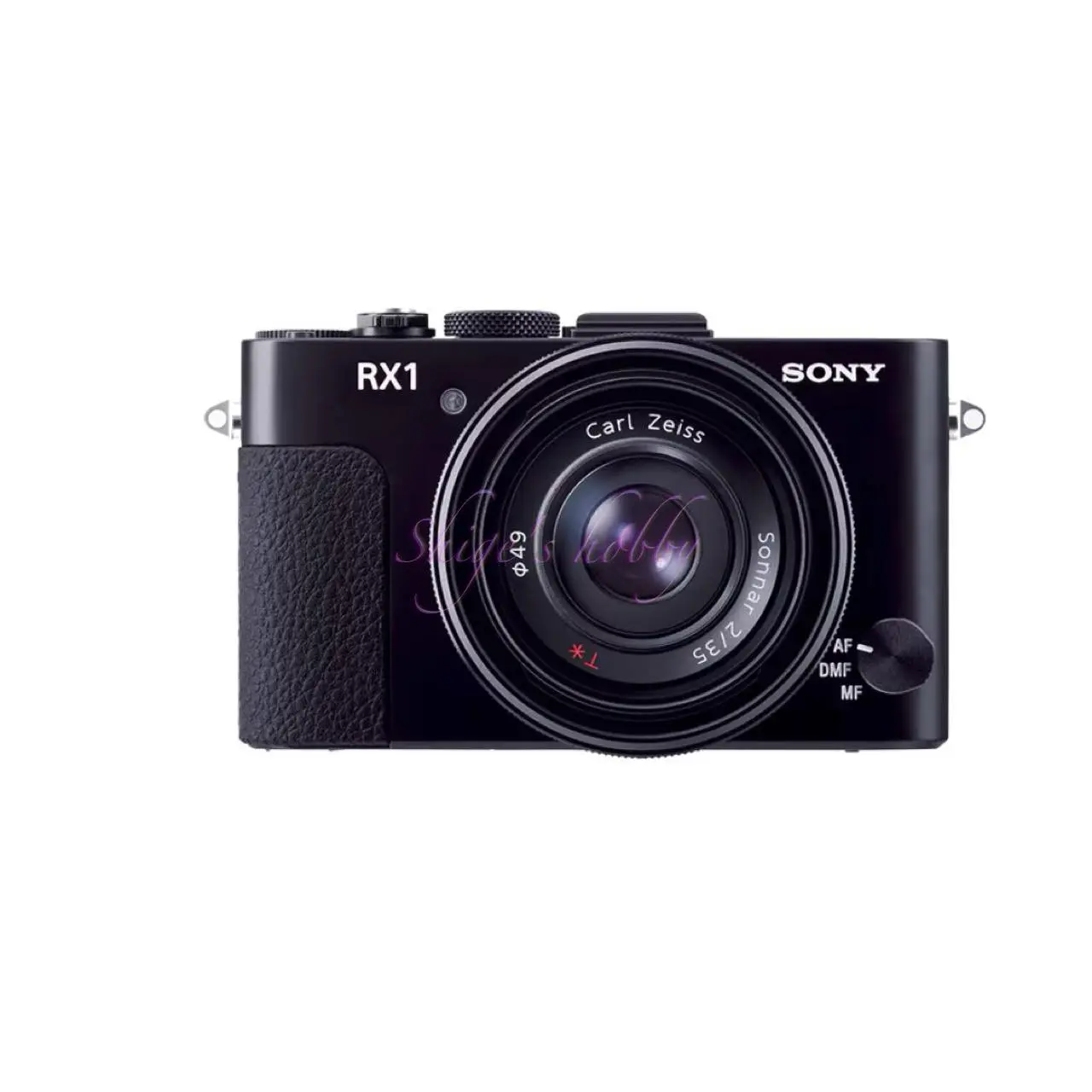
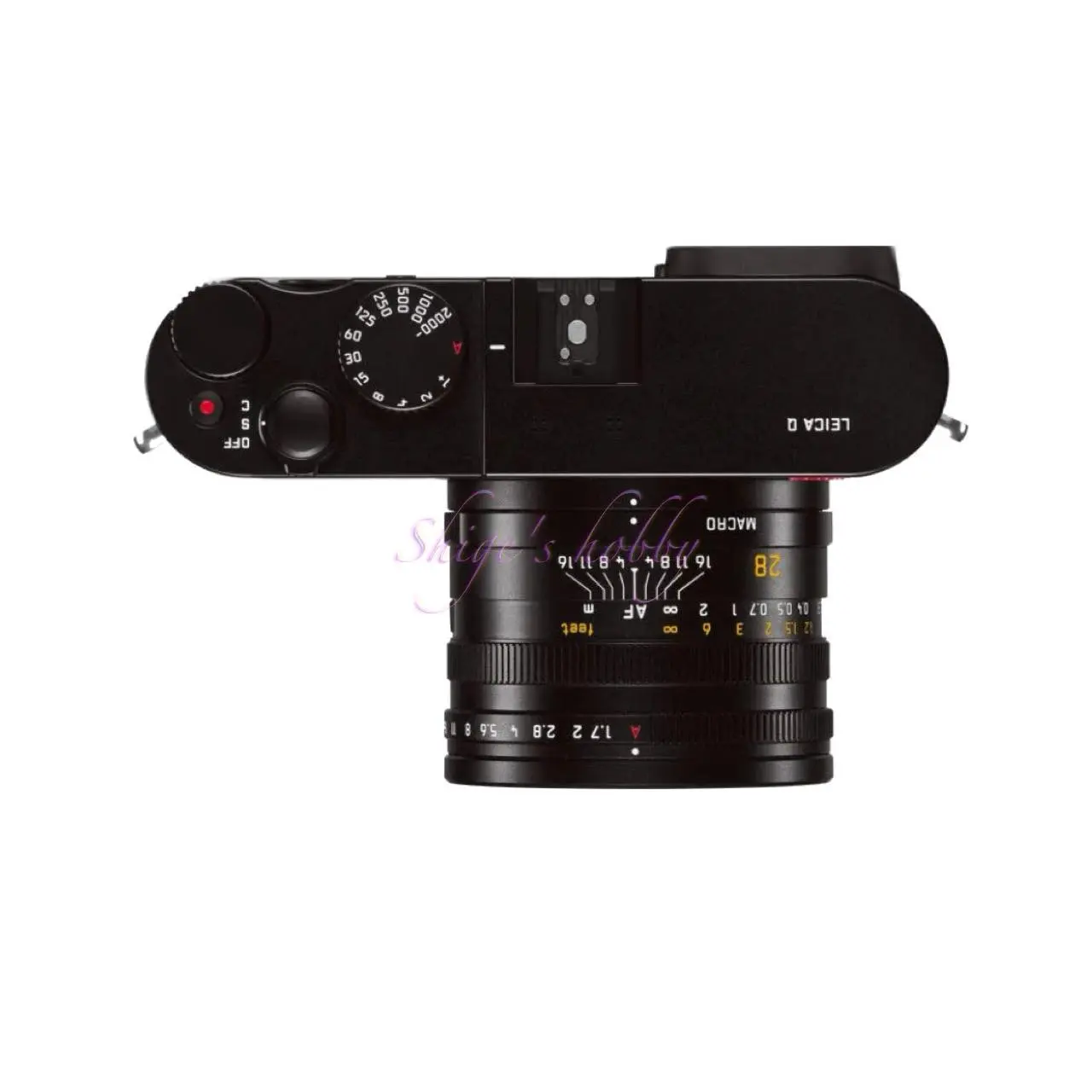
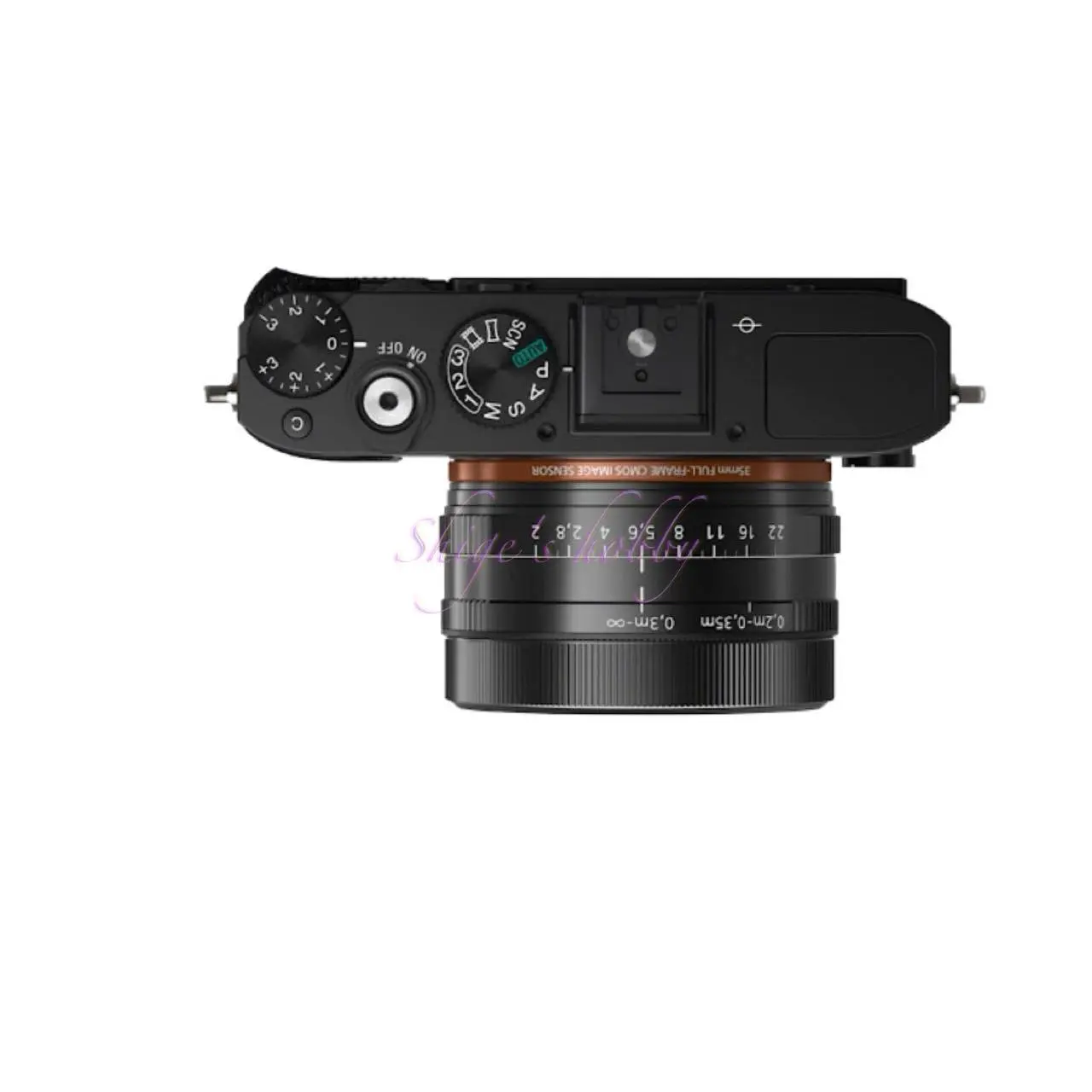
- The camera images were taken from the official websites of each company.
| Items | LEICA Q | RX1/RX1R |
| lens brand | SUMMILUX | SONNAR |
| Lens Construction | 9 groups, 11 elements, 3 aspherical lenses | 8 elements in 7 groups (3 aspherical lenses including AA lenses) |
| Focal length | 28 | 35 |
| Max aperture | 1.7 | 2 |
| Min aperture | 16 | 22 |
| Aperture blade | 9 | 9 |
| Minimum distance | 0.3cm~∞ 0.17cm~∞(macro mode) | 0,3m-∞ 0,2m-0,35m(macro mode) |
| Pseudo focal length | 35/50 | Smart Teleconverter 1.4x (50), 2x (70) |
| Numbers of pixels | 24.2 | 24.3 |
| Sensor type | 35mm Full Frame | 35mm Full Frame |
| View Finder | 3.68 million dots organic EL | Retrofit 2.35 million dots FDA-EV1MK |
| Back LCD | 3.0 (fixed) 1.04 million dots | 3.0 (4:3 fixed) / 1.23 million dots |
| Shutter speed(sec) | 30~1/2000 | 30〜1/4000 F2=High limit 1/2000 |
| Electric Shutter speed | 1/2500~1/16000 秒 | – |
| Filter size | 49 | 49 |
| Battery | BP-DC12 7.2V 1200mhA 8.7Wh | NP-BX1 3.6V 1240mhA 4.5Wh |
| Nominal number of shots | 270 | 270 |
| wireless charging | – | – |
| Memory card | SDXC | Memory stick Duo SDXC |
| Size(mm) | 130 × 80 × 93 | 113.3 x 65.4 x 69.6 |
| Wight(g) | 640 | 482 |
| Release date | 2015.6.20 | 2012.11.16 |
| Body color | Black, silver, titanium, safari, etc. | Black |
Options
- Grip
- Lather case
- Thumbrest
Reference links
Affiliate links
- Please see the disclaimer regarding advertising here.
- Italicized links in the text are advertisement links that take you to other sites.

Amazon Prime Sale
Update history
- 2025.7.21
- 2024.04.09
- 2023.07.17

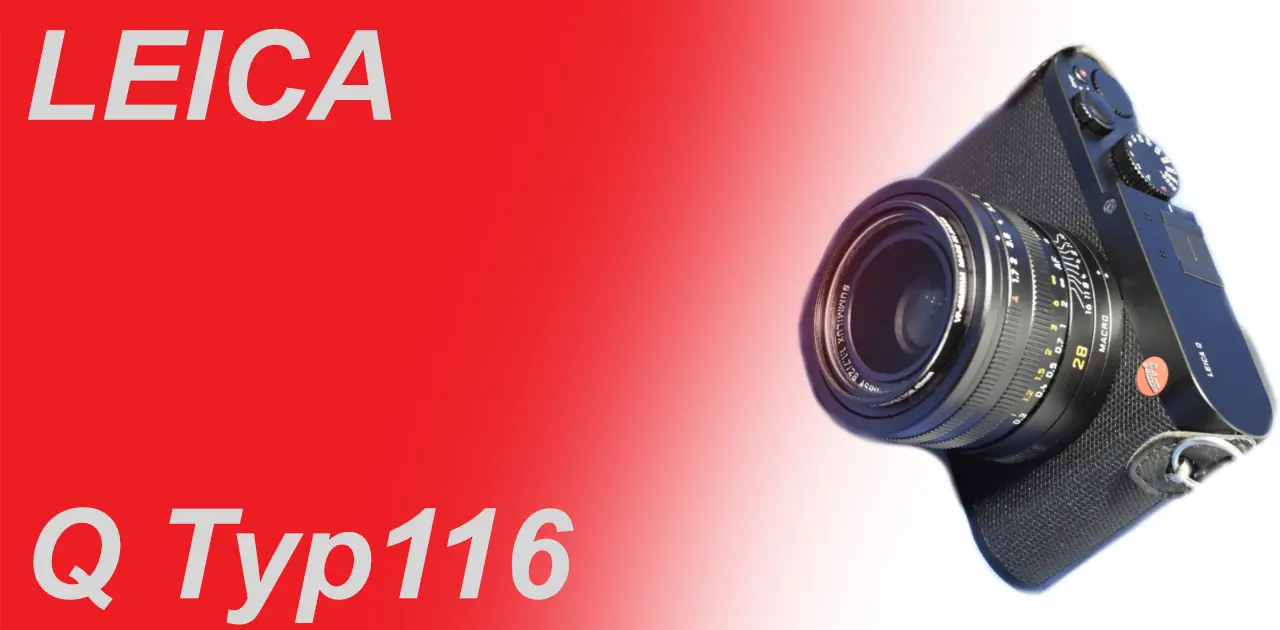
Be First to Comment